Mastitis is when your breast tissue becomes inflamed or infected. It can hurt, but there are ways to make it better, so don’t suffer in silence.
What are the symptoms?
The first symptoms are likely to be feeling hot and shivery, similar to flu-like symptoms.
Like engorgement, mastitis is caused by a build-up of milk, when a small amount blocks a milk duct. It can happen at any time and, unlike engorgement, usually affects only one breast. In most cases, your breast will become hot and painful and you may notice a sore lump. On darker skin tones you may notice a darkening of the skin and on lighter skin tones this might be visible as a red area on the breast. However, there may be no visible change in skin colour at all.
What causes it?
Mastitis happens when milk can't flow along a duct (a milk channel in your breast). Milk then 'builds up' and can cause a duct in your breast to become blocked. Milk leakage in the surrounding breast tissue will cause your temperature to rise and makes you feel shivery but in the early stages it’s not usually a sign of infection. The breast tissue becomes inflamed, causing the pain, lump or darker area you may have noticed. Mastitis can happen due to missed or shorter than normal feeds, or too much pressure on your breast from your bra or clothing.
However, the most common cause is incorrect positioning and attachment, where your baby isn’t latching on to the breast properly to feed.
What's the solution?
If you're concerned you may have mastitis, call your midwife or health visitor right away. If you are still feeling shivery after a few hours and have a high temperature (feeling very hot and then very cold) then ring your GP immediately, or if they aren’t open call NHS24 on 111.
To ease the pain you can take anti-inflammatory tablets such as ibuprofen. You can also take paracetamol but you shouldn't take aspirin.
You might find a warm compress soothing, and warmth on the nipple may also aid let-down. However, take care using these as compresses that are too hot or used frequently could increase swelling and inflammation. You could also try using a cool compress between feeds.
Don’t try massaging the breast as this could also increase inflammation and may cause tissue damage.
However, the most important thing is to get someone to help you position and attach your baby correctly – your midwife or health visitor can help with this.
Speak to your doctor if after 2 feeds (6-8 hours) you are still feeling hot and shivery or the inflammation or lump is worsening. They may prescribe stronger anti-inflammatory tablets or antibiotics. Anything you're given will be safe for breastfeeding, but using antibiotics can make thrush more likely so try correcting positioning and attachment and anti-inflammatory medication urgently in the first instance to see if you can clear it yourself.
It's probably the last thing you want to do, but it's important you try to carry on breastfeeding during a bout of mastitis. You may have read that you need to ‘empty the breast’, but this is no longer considered to be the best thing to do. Just continue to feed your baby responsively as much as they want, but avoid increasing your supply beyond that as it could make the inflammation worse.
This leaflet from the Breastfeeding Network has more detailed information about mastitis.
 Activities & Play
Activities & Play Behaviour
Behaviour Childcare
Childcare Development & Growing Up
Development & Growing Up Family, Friends & Relationships
Family, Friends & Relationships Feeding Your Baby
Feeding Your Baby Food & Eating
Food & Eating Health & Safety
Health & Safety Mental Health & Wellbeing
Mental Health & Wellbeing Money & Work
Money & Work Online Behaviour & Safety
Online Behaviour & Safety Pregnancy & First Days
Pregnancy & First Days School & Education
School & Education Sleep
Sleep


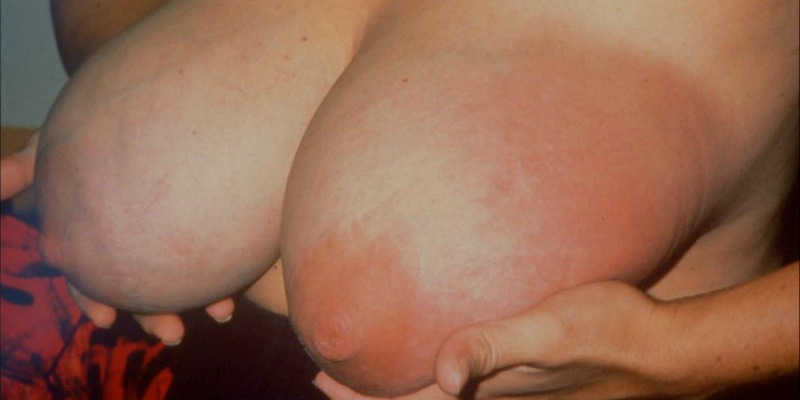
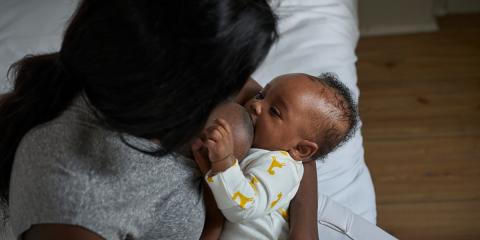
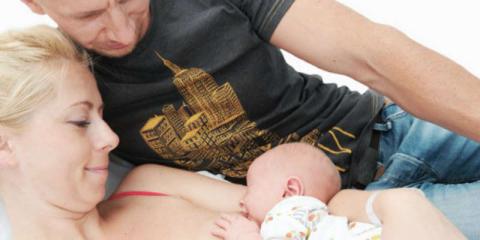
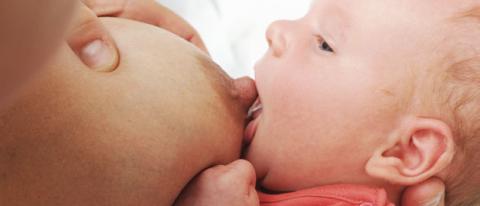
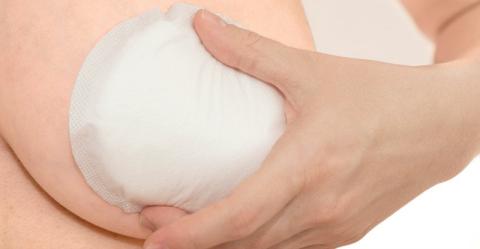
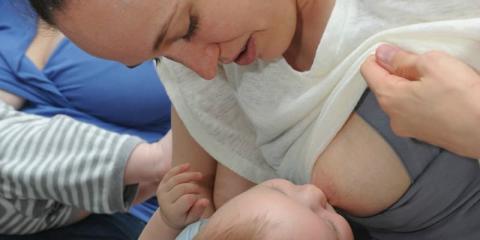
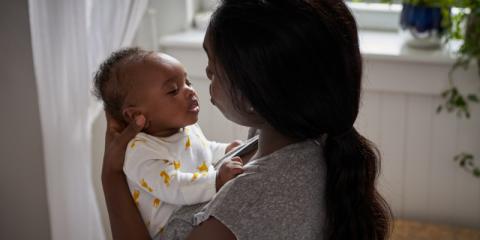
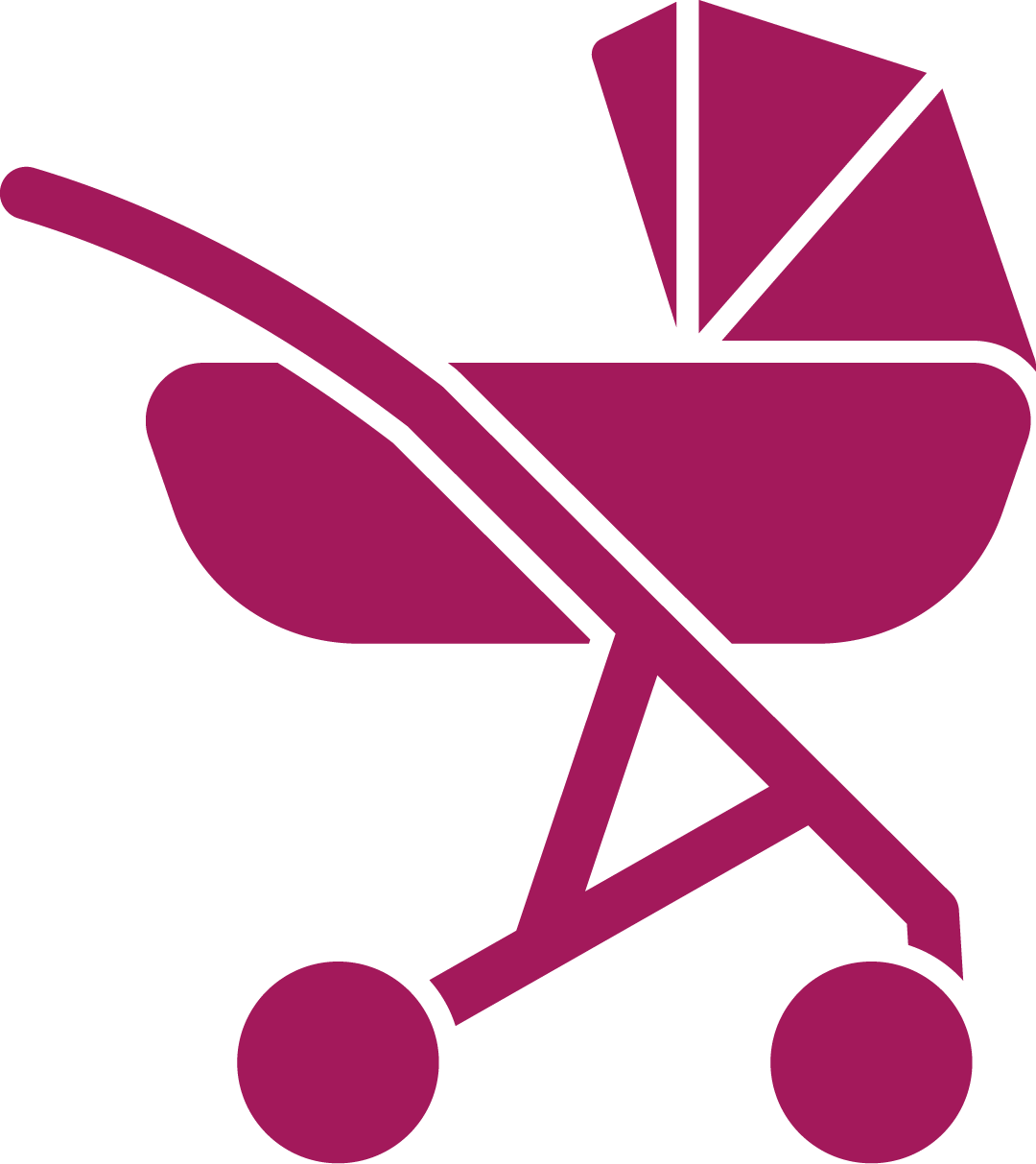 Pregnancy & First Days
Pregnancy & First Days
 Sleep
Sleep